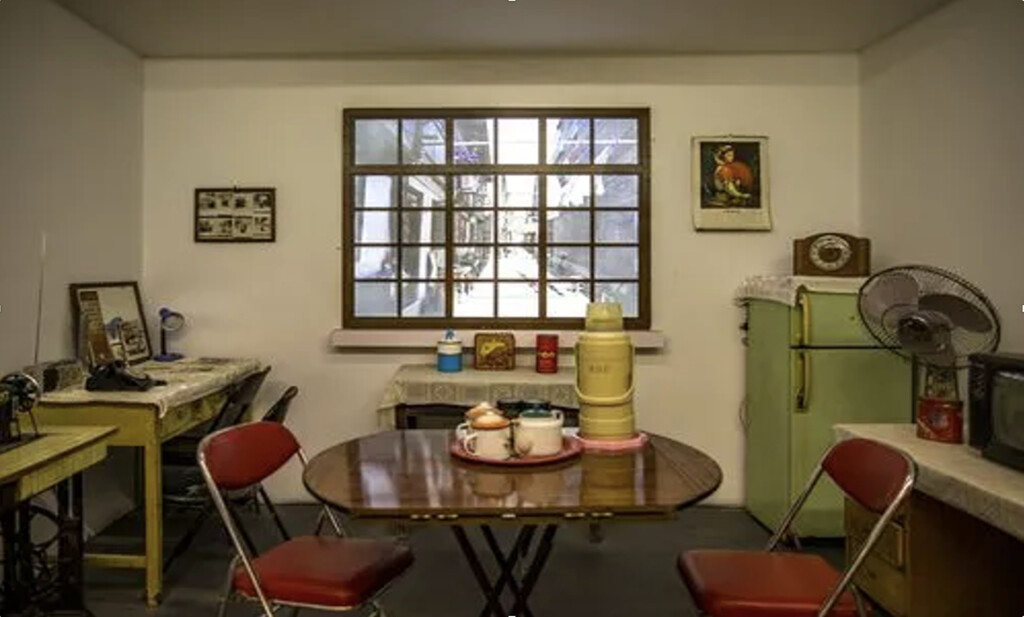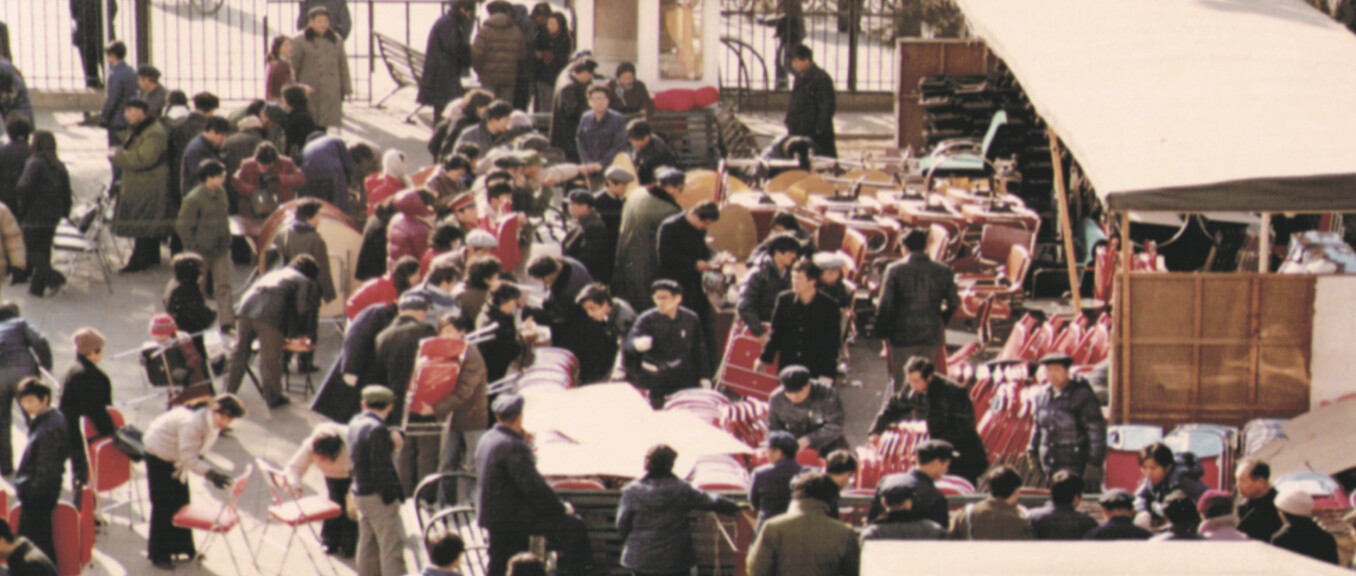Jennifer Altehenger’s Talk Kicks Off the Fairbank Center’s Modern China Lecture Series
China has been one of the largest furniture exporters for several decades, with its products furnishing homes all over the world — chief among them those in the United States and the European Union. Chinese furniture exports, however, have a much longer history that reaches back to the socialist era, when folding chairs manufactured in Chinese factories became bestsellers in the most unlikely places.
During a talk in the Modern China Lecture series at the Fairbank Center for Chinese Studies, Dr. Jennifer Altehenger, Associate Professor of Chinese History and Jessica Rawson Fellow in Modern Asian History at the University of Oxford, discussed how furniture exports could illuminate “the matter of design” in the everyday life of socialist China.
After contending with the international embargo during the Korean War, China exported commonly used furniture like wardrobes, dressing tables, folding chairs, and even bars to the Soviet Union, as well as to generally unattributed “capitalist countries” in Asia, the Middle East, and Western Europe in the 1950s and ‘60s. “The records don’t always show what went where,” Dr. Altenger noted. But almost every factory did list folding chairs as an item of export — and sometimes, they were the only items exported to capitalist countries.

A late Maoist Icon: Beijing Northern Suburbs Furniture Company’s 7469A Folding Chair
At the Leipzig Trade Fairs of 1954 and 1955, the China Pavilion exhibited Chinese furniture to great fanfare, and two years later, the inaugural “Canton Fair” in Guangzhou further boosted the profile of Chinese furniture production. Exports were suspended during the Great Leap Forward from 1958-1961, but in the 1960s, they picked up again, and records from that time more precisely identified the “capitalist countries” on China’s exportation list: South Korea, Australia, Denmark, Belgium, and West Germany, among others.
The scarcity of material resources in socialist China alerted furniture producers to economize on the use of timber and replace it with other materials, such as steel. Following the “mass line principle,” a policy that encouraged grassroots involvement, furniture producers tinkered with local machines (tu jiqi土机器) and devised new techniques to satisfy foreign demands. In 1974, the Beijing Northern Suburbs Furniture Company (renamed as the Tiantan Furniture Company in 1988), unveiled its 7469A folding chair, made of timber and red plastics, which went on to become a late Mao-era icon.
Although furniture makers seldom got to tell their stories, the exported furniture they made crossed ideological borders and connected lives in overseas homes to labor in Chinese socialist factories. These ordinary yet extraordinary objects showcase the furniture makers’ innovation and expertise as they coped with material shortages and the standards set both internationally and in China.
Dr. Altehenger’s hidden history of Chinese furniture exports provides us with a new narrative for understanding the transition from the traditional furniture of the imperial era to the “cheap” furniture that we’ve come to mainly associate with the post-reform period. Her research also asks us to consider both the presence and the absence of distinctly Chinese characteristics when it comes to the country’s mass-produced and globally used products.


